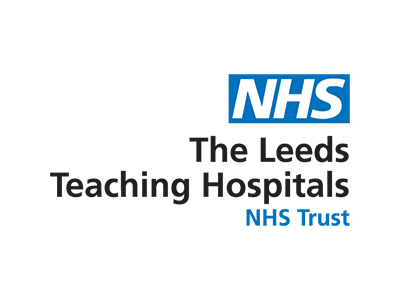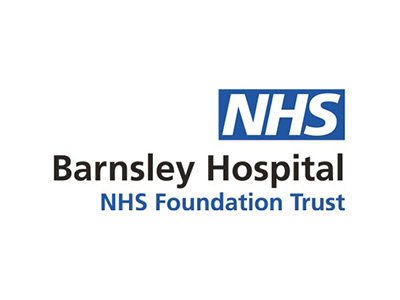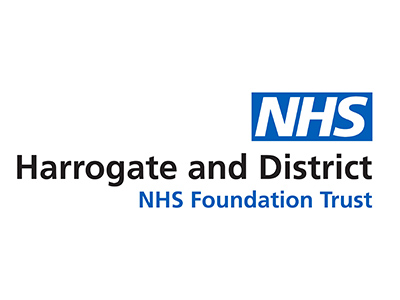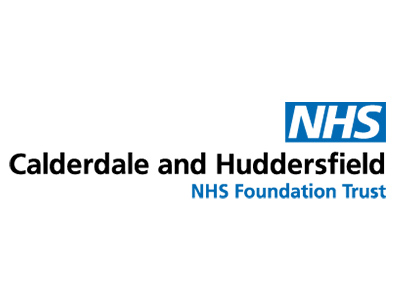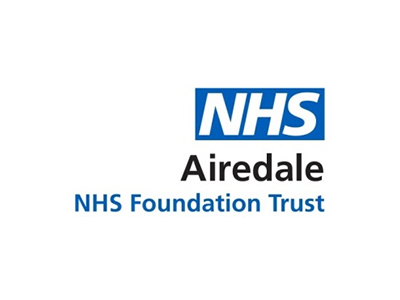System Safety Improvement Programme
Share
In A Nutshell:
This priority area aims to create optimal conditions for patient safety improvement across Y&H. It has 2 main objectives: To mobilise effective ICS level Patient Safety Improvement Networks and to support the national adoption of the Patient Safety Incident Response Framework (PSIRF) with fidelity to core principles across all our NHS providers.
Aim 1: Working with our ICSs to set up 3 Effective Patient Safety Improvement Networks to support delivery of the national patient safety strategy. Each of our 3 networks will have an approved improvement plan, compiled jointly with the network’s membership, in place and operational by March 2023. These networks will set their own patient safety priorities based on local needs.
Aim 2: To support effective adoption of the new national PSIRF. This will be done with our 3 ICS level patient safety networks and we aim to have an approved ICS level plan for implementation during 2022-2023. The national ambition is for 85% of all NHS Trusts to have completed activities relating to phases 1, 2 and 3 of the PSIRF, and commenced activities relating to subsequent phases by 31 March 2023 (see below for overview of phases). Patient safety specialists who are already in place in Trusts will play a key role in achieving this and will receive additional support via the PSCs.
Patient Safety Improvement networks: The core components of these networks are set out in the attached table.
The PSIRF is a key part of the NHS Patient Safety Strategy which was approved by the NHSE/I Board in 2019. The PSIRF supports the overarching strategic aim of helping the NHS to improve its understanding of safety by drawing insight from patient safety incidents.
PSIRF aims to support significant improvement by introducing several changes as part of four overarching aims:
- Compassionate engagement and involvement of those affected by patient safety incidents.
- Application of a range of system-based approaches to learning from patient safety incidents.
- Considered and proportionate responses to patient safety incidents.
- Supportive oversight focused on strengthening response system functioning and improvement.
An introductory version of the PSIRF was published in March 2020 and a group of early adopters were invited to test and implement PSIRF within their organisations and local systems. This was independently evaluated in September 2021. The findings of the evaluation have informed the associated activities and phases required to adopt and scale up PSIRF within NHS trusts. The overarching phases are detailed below:
- Phase 1 PSIRF orientation / getting started
- Phase 2 Diagnostic / discovery
- Phase 3 Identifying measures of success and quality monitoring
- Phase 4 Patient safety incident response planning
- Phase 5 Curation and agreement of the Patient Safety Incident Response Plan (PSIRP)
- Phase 6 Transition – working under PSIRF
- Phase 7 Sustainable change and improvement
The national publication of PSIRF is anticipated to be during May or June 2022.
If you are a patient safety specialist or are involved in the planning of PSIRF implementation we would like to talk to you to co design some practical support so please get in touch.
who we are working with
